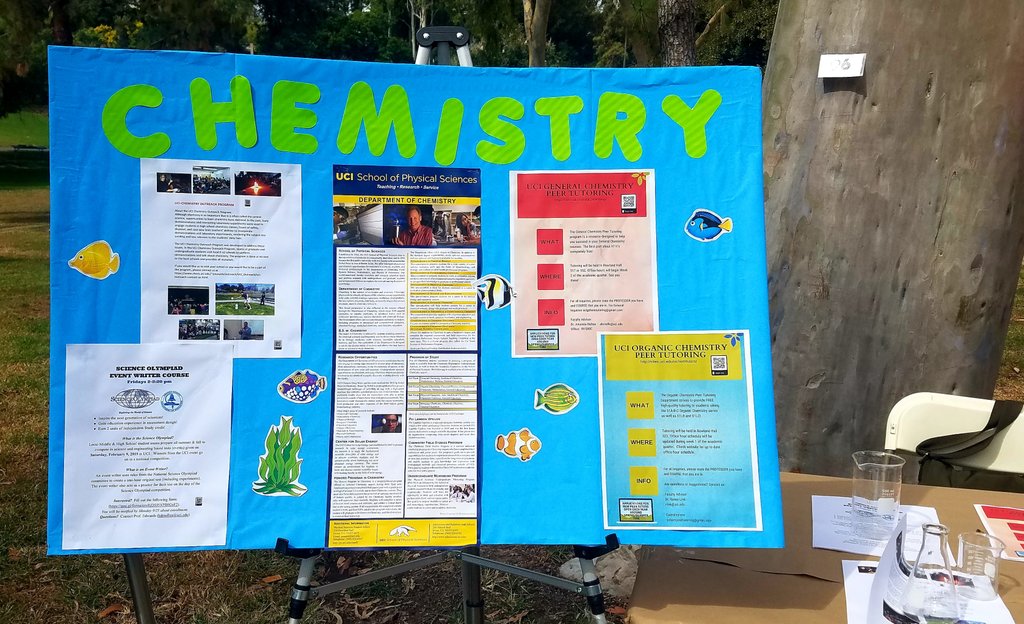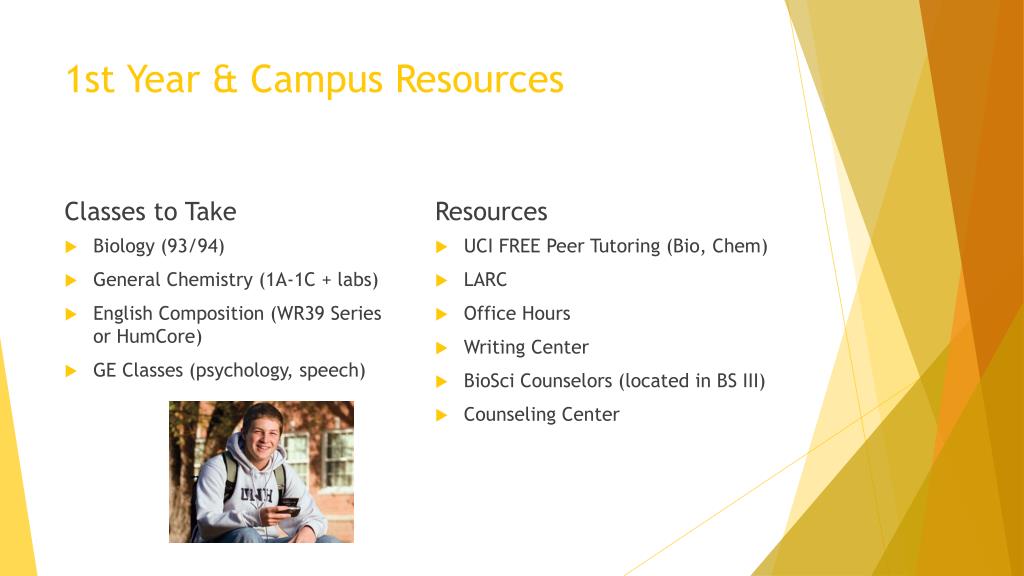

How should tutors and tutees be selected? Procedures are more flexible than traditional classwide peer tutoring configurations. Same-age peer tutoring, like classwide peer tutoring, can be completed within the students’ classroom or tutoring can be completed across differing classes. Answers should be provided to the student who is lower achieving when acting as a tutor in order to assist with any deficits in content knowledge. When pairing students with differing levels, the roles of tutor and tutee may be alternated, allowing the lower performing student to quiz the higher performing student. Students who have similar abilities should have an equal understanding of the content material and concepts. Students may have similar ability levels or a more advanced student can be paired with a less advanced student. Same-age Peer Tutoring: Peers who are within one or two years of age are paired to review key concepts. Students in RPT may prepare the instructional materials and are responsible for monitoring and evaluating their peers once they have selected a goal and reward as outlined by their teacher. Both group and individual rewards may be earned to motivate and maximize learning. RPT utilizes a structured format that encourages teaching material, monitoring answers, and evaluating and encouraging peers. Often, higher performing students are paired with lower performing students. Reciprocal Peer Tutoring (RPT): Two or more students alternate between acting as the tutor and tutee during each session, with equitable time in each role. Students are typically paired with other students who are at the same skill level, without a large discrepancy between abilities. All students have the opportunity to function as a tutor or tutee at differing times. Cue cards, small pieces of cardstock upon which are printed a list of tutoring steps, may be provided to help students remember PALS steps (Spencer, Scruggs, & Mastropieri, 2003). Groups are flexible and change often across a variety of subject areas or skills. Peer Assisted Learning Strategies (PALS): PALS, a version of the CWPT model, involves a teacher pairing students who need additional instruction or help with a peer who can assist (Fuchs, Fuchs, & Burish, 2000). This arrangement is also beneficial for students with disabilities as they may serve as tutors for younger students. Tutors serve to model appropriate behavior, ask questions, and encourage better study habits. The older student and younger student can have similar or differing skill levels, with the relationship being one of a cooperative or expert interaction. The older student serves as the tutor and the younger student is the tutee. The positions of tutor and tutee do not change. Students mayĬross-age Peer Tutoring: Older students are paired with younger students to teach or review a skill. In CWPT, student pairings are fluid and may be based on achievement levels or student compatibility.

While the procedures and routines in CWPT remain the same, student pairings or groups may change weekly or biweekly. The entire class participates in structured peer tutoring activities two or more times per week for approximately 30 minutes (Harper & Maheady, 2007). Typically, CWPT involves highly structured procedures, direct rehearsal, competitive teams, and posting of scores (Maheady, Harper, & Mallette, 2001).

Students then act as tutors, tutees, or both tutors and tutees. What are the most frequently used peer tutoring models?Ĭlasswide Peer Tutoring (CWPT): Classwide peer tutoring involves dividing the entire class into groups of two to five students with differing ability levels. The strategy is supported by a strong research base (e.g., Calhoon, Al Otaiba, Cihak, King, & Avalos, 2007 Kunsch, Jitendra, & Sood, 2007 Vasquez & Slocum, 2012).Peer tutoring increases self-confidence and self-efficacy (Spencer, 2006).Student engagement and time on task increases.It promotes academic and social development for both the tutor and tutee.Students have increased opportunities to respond in smaller groups.The intervention allows students to receive one-to-one assistance.It is a widely-researched practice across ages, grade levels, and subject areas.Typically, a higher performing student is paired with a lower performing student to review critical academic or behavioral concepts. Peer tutoring is a flexible, peer-mediated strategy that involves students serving as academic tutors and tutees. Brittany Hott and Jennifer Walker, George Mason University Jasneen Sahni, Marymount University


 0 kommentar(er)
0 kommentar(er)
